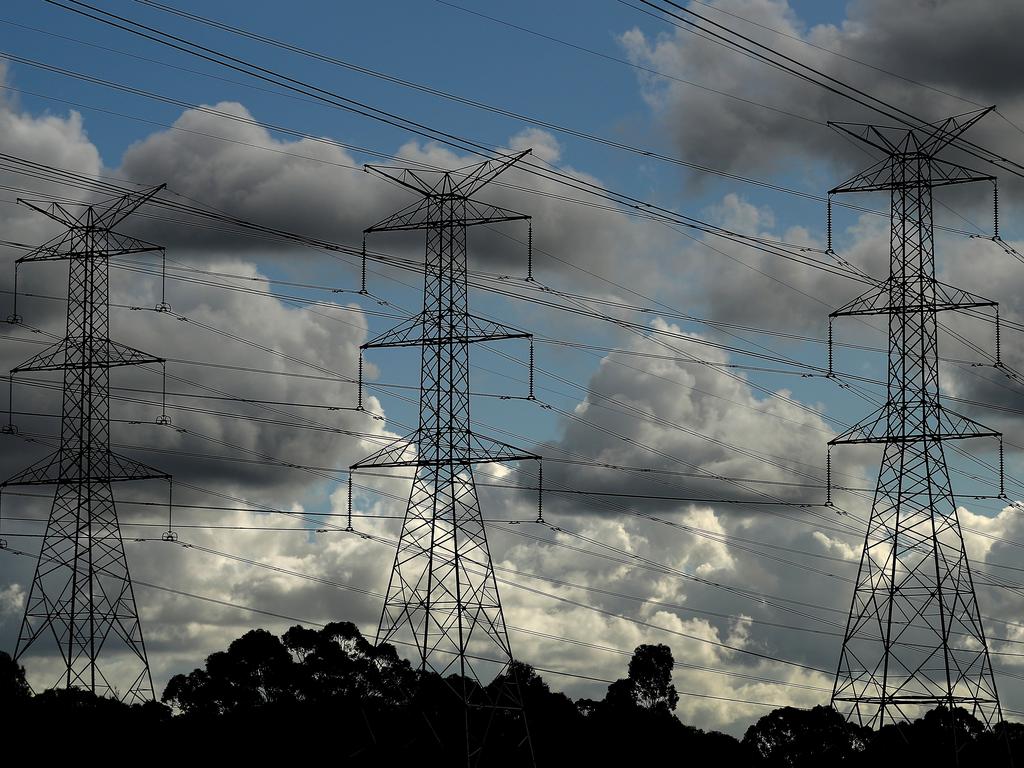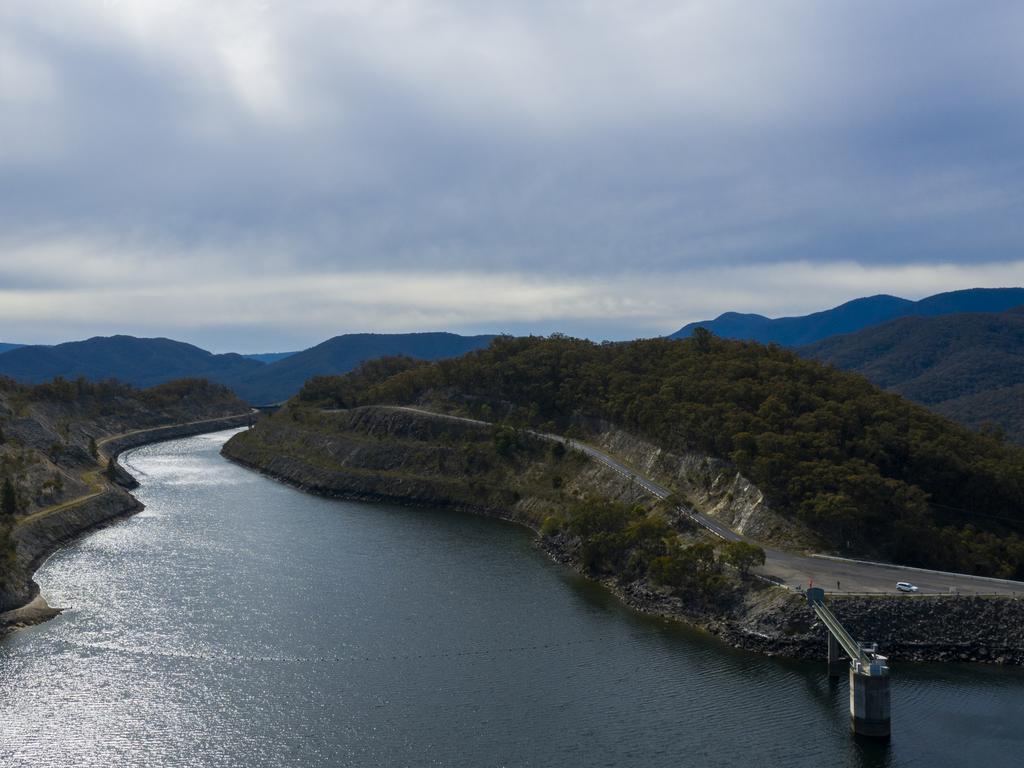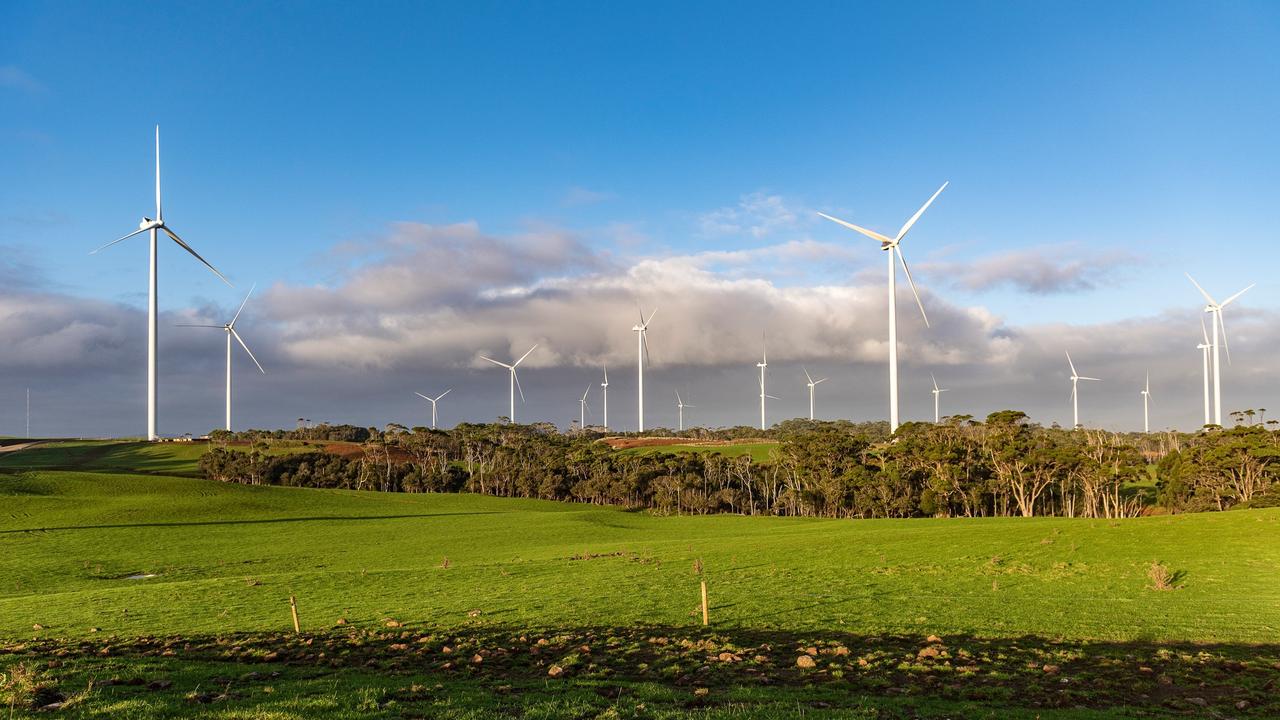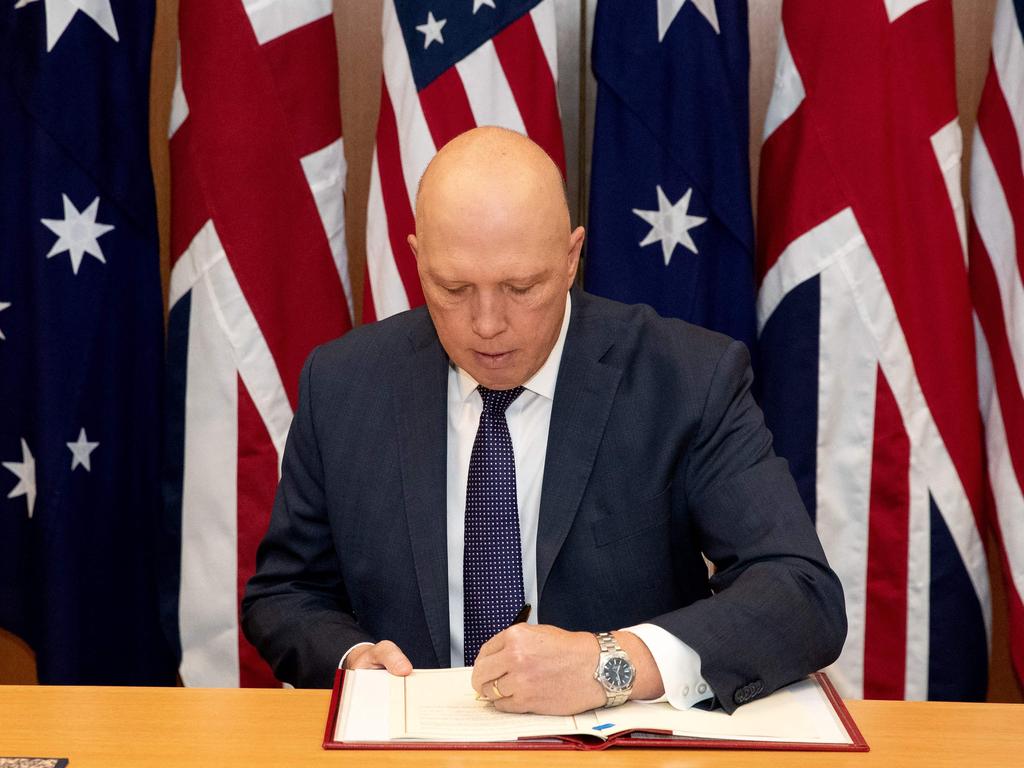Clash of renewables as replacing coal generates heated debate
Cartoonist Mark Knight considers Australia’s move from fossil fuels to renewable energy sources as the goal of zero emissions reignites the nuclear energy debate alongside wind, water and sun

READING LEVEL: ORANGE
The computer you are reading my humble* column on is powered by electricity. So is the phone you may be checking your Snapchats on. That Tesla sitting in the driveway needs to be charged daily, along with the lights, water heaters, aircon units and that new electric cooking range that replaced the gas cooktop in the kitchen. And that’s just one house.
Multiply it by millions, add in all the businesses, schools, factories and public amenities*, and you can see energy generation is kind of important.

As we move away from fossil fuels* and towards zero emissions* and renewables* as our main source of energy, the question now being raised is how can we power whole economies on things like wind, solar, hydro* and other renewable technologies?
Battery storage has emerged as a way of solving the problem of solar not working at night and wind turbines not producing on calm days. Also the interconnection of our national power grid is seeing energy being shared around the country to where it’s needed.

The Snowy Hydro 2.0 pumped storage project is a renewable energy mega-project that will allow the production of electricity when it is required. What we need to produce is that base load* power generation that coal provided for so long. Coal-fired power stations ran 24 hours a day and kept a constant supply of power to industry and communities. That constancy is proving to be the challenge for renewables.
There is another source of power that we don’t like to talk about in Australia and that is nuclear power. In 1998, nuclear power was banned in Australia under laws passed by the Australian Government, and even though Australia is a major exporter of uranium* to other countries that produce nuclear power, we have shunned* the technology ourselves.
But now, as the world looks for energy generation with zero emissions, nuclear power is gaining renewed interest.

At the COP28 climate conference in Dubai this week, the French President Emmanuel Macron urged Australia to look at nuclear energy. France produces 70 per cent of its electricity from nuclear reactors* (maybe Mr Macron wants to sell Australia some nuclear power plants?!) and has done so since the 1970s.
I thought I might look at the idea of nuclear power in Australia in a cartoon.
I remember the debates during the 1980s about nuclear power, nuclear weapons and uranium and the resistance from the environmental movement. You could have generated a lot of electricity from those heated debates!

The nuclear industry says it has come a long way, and is safer and more efficient than ever. The question of nuclear waste is debatable*, as is the cost of building the infrastructure*. Advocates* of nuclear power say that if we want to maintain our modern, electricity-dependent lifestyles and economies, then nuclear base load power is a no-brainer*.
I took out my pencils and stared at the blank sheet of paper. I wanted to draw a comparison between renewable energy power sources. A wind turbine versus nuclear power, maybe? I don’t know about you, but I am fascinated by those huge wind turbines. They are massive. The slow rotation of the blades is quite mesmerising.

So I started sketching a turbine, and standing on top of it, to show its huge scale, I placed our Minister for Energy and Climate Change, Chris Bowen. He is a strong advocate for renewables. When I drew the wind turbine with its three blades, it reminded me of something. That something could be used in this cartoon to draw a comparison between wind and nuclear power: the symbol for nuclear radiation*, a circle with three blades radiating out from the centre. Perfect, I thought.

So I drew another wind turbine tower facing the one with Chris Bowen on top, but this turbine had the symbol for nuclear radioactivity on it instead of the usual blades. And standing on top of it was the Liberal Opposition Leader Peter Dutton, who supports investigating the potential for nuclear power in Australia. The cartoon showed the two renewable sources facing off against each other.
And just like the Voice referendum, in the renewables debate, one side says YES and the other says NO. Australians will be the judge.
POLL
GLOSSARY
- humble: modest
- amenities: facilities
- fossil fuels: non-renewable energy sources like coal, coal products, natural gas and crude oil
- zero emissions: achieving a balance between greenhouse gas emissions produced and greenhouse gas emissions taken out of the atmosphere
- renewables: energy from natural sources like sun and wind that are replenished at a higher rate than they are consumed
- hydro: short for hydro-electricity, electricity produced by the force of fast moving water such as rivers or waterfalls
- base load: the amount of generated electricity, or electrical power, needed over the course of the day
- uranium: a hard, heavy and abundant metal used as a concentrated energy source
- shunned: avoided, rejected, ignored
- nuclear reactors: the heart of a nuclear power plant containing and controlling nuclear chain reactions
- debatable: open to discussion, question and argument
- infrastructure: basic physical and organisational structures and facilities like buildings, roads, water and power supply
- advocates: supporters, people who publicly support and champion a particular cause, policy or thing
- no-brainer: something that seems so obvious it doesn’t require further examination
- nuclear radiation: the light, heat, or energetic particles emitted by nuclear decay, fission, or fusion
EXTRA READING
Wind farms spark Blue whale fears
Nuclear wastewater plan explained
Australia explores solar from space
QUICK QUIZ
- What are all the environments that need electricity to operate that Mark names?
- What is the renewable energy mega-project Mark names?
- When was nuclear power banned in Australia?
- What percentage of France’s electricity comes from nuclear reactors?
- What do advocates of nuclear power say about its potential?
LISTEN TO THIS STORY
CLASSROOM ACTIVITIES
1. Cartoon analysis
After reading and analysing the Mark Knight cartoon in the Kids News article, answer the following questions to help you get the full meaning out of his drawing:
What is the main issue Mark Knight is highlighting?
Who is portrayed in the cartoon?
How are they portrayed?
What is the humour in the drawing?
Who might agree with his viewpoint?
Who might disagree or possibly be offended by this viewpoint?
Do you think he makes a good point? Explain your answer.
Time: allow 25 minutes to complete this activity
Curriculum Links: English, Personal and Social, Critical and Creative Thinking
2. Extension
Write a response to this cartoon from the viewpoint of one of the people or objects portrayed in the cartoon. Think, what would be their response to the speech bubble and satire from the cartoon.
Write or draw your response below.
Time: allow 15 minutes to complete this activity
Curriculum Links: English, Visual Arts, Personal and Social, Critical and Creative Thinking
VCOP ACTIVITY
Stretch your sentence
Find a “who” in the cartoon – a person or an animal. Write it down.
Add three adjectives to describe them better.
Now add a verb to your list. What are they doing?
Add an adverb about how they are doing the action.
Using all the words listed, create one descriptive sentence.

